| Medically reviewed by
Robin Backlund, BHSc
Last update:
Watch, or listen the video if you don’t want to read it.
A blood pressure of 67/45 mmHg indicates that you have SEVERE HYPOTENSION, or extremely low blood pressure, which is defined as below 80/50 mmHg, although it is not officially classified by American Heart Association.
Such a critical reading necessitates immediate medical attention or possibly hospitalization, applicable to all -children, adults, the elderly, and pregnant individuals.
If left untreated, it can lead to serious health repercussions like organ failure or impaired oxygen delivery to the body.
It’s important to note that ‘ideal’ blood pressure may vary, influenced by age, gender, weight, and overall health, and individual medical history and current health conditions must be considered.
Was this helpful?
Contents
What does a 67/45 blood pressure mean?
A blood pressure reading of 67/45 mmHg signifies the presence of severe hypotension, a critical medical condition requiring immediate attention.
Clinically, this state is managed by administering medication that diminishes the contractility of blood vessels, aiding in the restoration of stable blood pressure.
Severe hypotension is diagnosed when blood pressure readings fall below 80/60, posing a life-threatening risk if it further decreases to below 50/35.
Here is a blood pressure chart according to the latest guidelines of American Heart Association (AHA).
STAGE | SYSTOLIC mm Hg [upper #] | DIASTOLIC mm Hg [lower #] |
Normal Blood Pressure | Less than 120 | Less than 80 |
Elevated Blood Pressure Pre-Hypertension | 120-129 | Less than 80 |
High Blood Pressure Hypertension STAGE 1 | 130-139 | 80-89 |
High Blood Pressure Hypertension STAGE 2 | 140-180 | 90-120 |
Hypertensive Crisis Consult your doctor immediately | Higher than 180 | Higher than 120 |
A study “Prevalence of hypotension and its association with cognitive function among older adults” from 2018 published in Aging Mental Health reported that approximately 30% of the senior population may be experiencing hypotension.
The optimal blood pressure range for an individual is between [90/60] and [120/80]. A reading below this range typically indicates hypotension.
In instances of severe hypotension, the heart struggles to circulate blood throughout the body. While some organs can withstand this temporary deprivation, the human brain is particularly vulnerable, unable to survive without oxygen for more than four minutes.
It is imperative to understand that while low blood pressure is concerning, severe hypotension is a medical emergency that necessitates immediate reporting to a healthcare professional.
In some scenarios, severe low blood pressure may also indicate additional clinical complications such as organ damage or internal bleeding, underscoring the importance of prompt medical intervention.
Individuals experiencing severe hypotension will likely encounter distinct physiological symptoms, prompting them to seek medical assistance. If your blood pressure is at 67/45 mm/Hg, you may experience the following symptoms.
- Profound confusion
- Light-headedness
- Loss of balance
- Nausea, dizziness, and fainting
- Weak pulse
- Blurred vision
- Pallor and cool skin
- Fatigue
- Impaired concentration or peripheral awareness
- Dehydration
What is the Mean Arterial Pressure (MAP) for a blood pressure of 67/45 mmHg?
The Mean Arterial Pressure (MAP) for a blood pressure of 67/45 mmHg is:
What is the Pulse Pressure (PP) for a blood pressure of 67/45 mmHg?
The Pulse Pressure (PP) for a blood pressure of 67/45 mmHg is:
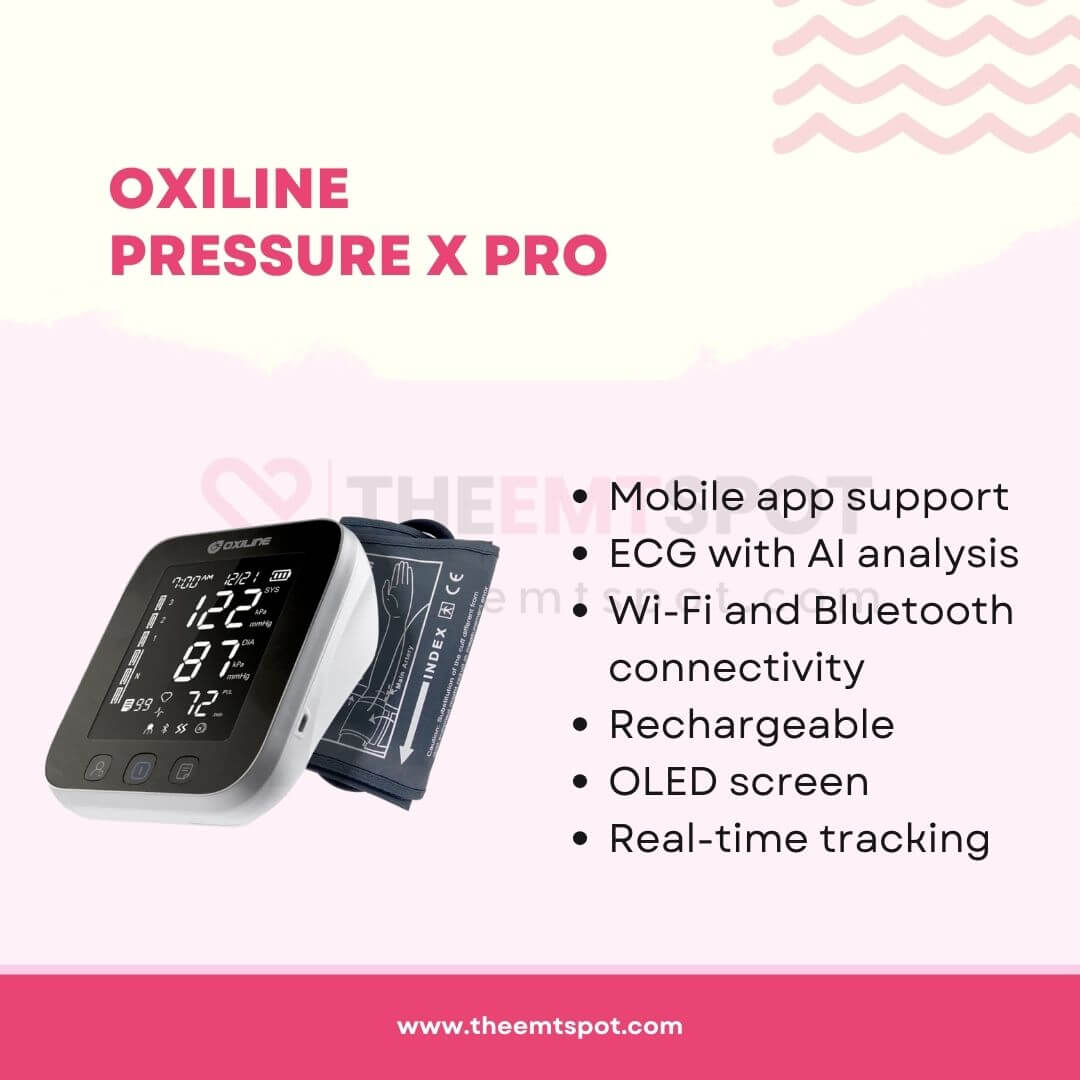
🚨 Exclusive Offer for TheEMTSpot’s Readers 🚨
Are you looking for a reliable way to monitor your blood pressure at home? Look no further! Introducing the Oxiline Pressure X Pro, your go-to device for accurate and hassle-free readings.
Use code EMTSPOT10 at checkout and get an instant 10% OFF THE PRICE!
Don’t miss out on this limited-time offer. Take control of your health today!
What should you do if you have 67/45 blood pressure?
Here is a set-by-step procedure to follow when you figure out you have a blood pressure of 67/45.
- Verify blood pressure with a doctor
- Adopt these lifestyle changes immediately
- Consider using blood pressure medications
- Craft a balanced blood pressure-friendly diet
- Be aware of the underlying causes and risks of severe hypotension
- Support with natural supplements
1. Verify blood pressure with a doctor
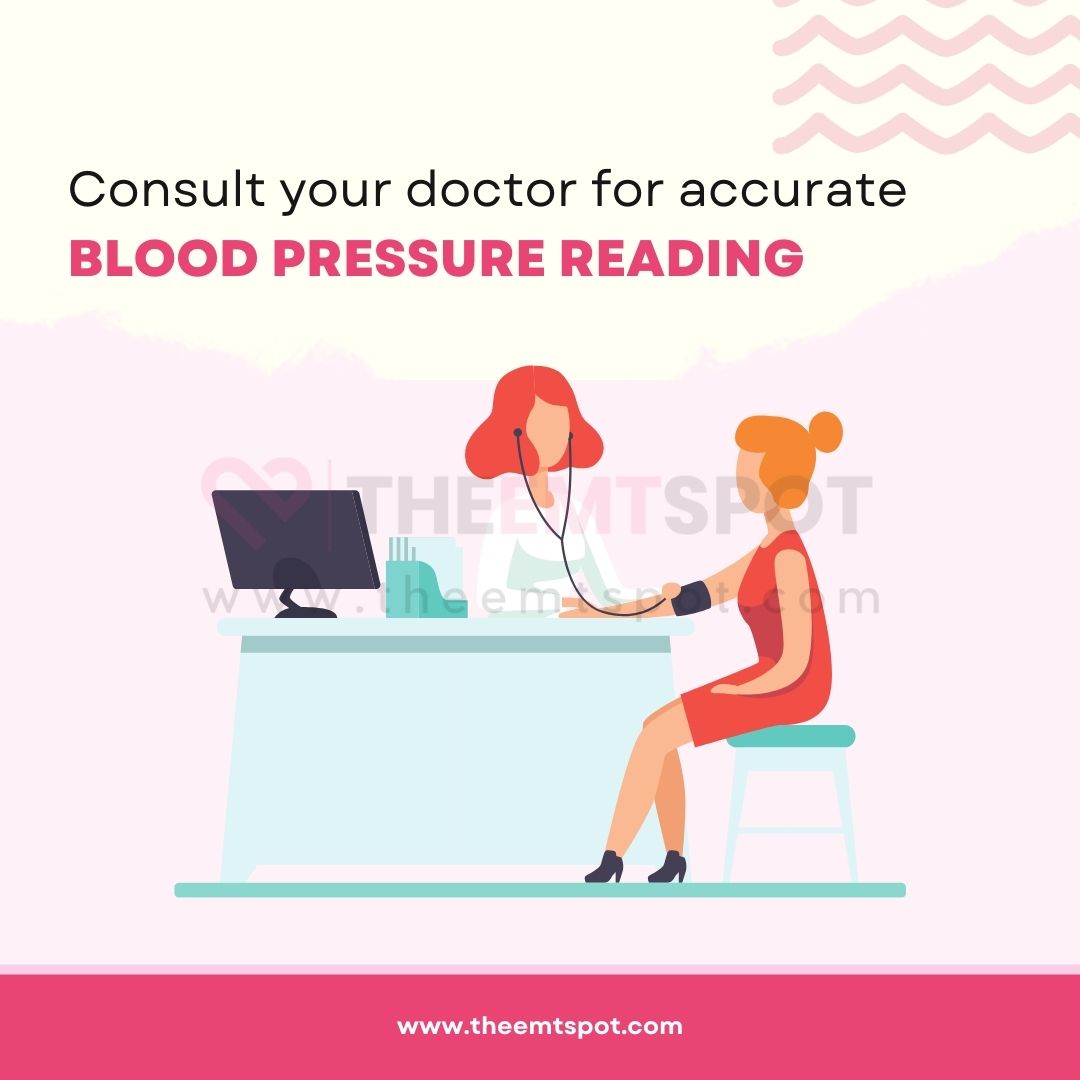
If your blood is 67/45 and you have checked the same in your home setup, it is highly recommended to get it checked at your doctor’s office.
A trained professional has to clinically assess your condition and confirm that your 67/45 is, in fact, clinically valid.
There are instances when your reading at home setup might give you a reading which is incorrectly reported. It could be because of an error in reading it, damage to your device, your physical or mental condition on that particular day, etc.
Therefore, a doctor has to assess it over the course of 7 – 30 days periodically before he/she can confirm the accurate stage of your blood pressure.
In a study “Masked and white coat hypertension, the double trouble of large arteries: A systematic review and meta‐analysis” from the Aristotle University of Thessaloniki, published in 2020 in The Journal of Clinical Hypertension, Christina Antza and his team found something interesting about blood pressure readings.
Sometimes, when people are at the doctor’s office, their blood pressure reads high, but it’s normal when they check it elsewhere. They call this white coat hypertension.
On the flip side, some folks show normal readings at the doctor’s but have high readings at home or other places. This is known as masked hypertension.
All these conditions are linked to physiology and psychology and, therefore, better to be validated by a doctor.
2. Adopt these lifestyle changes immediately
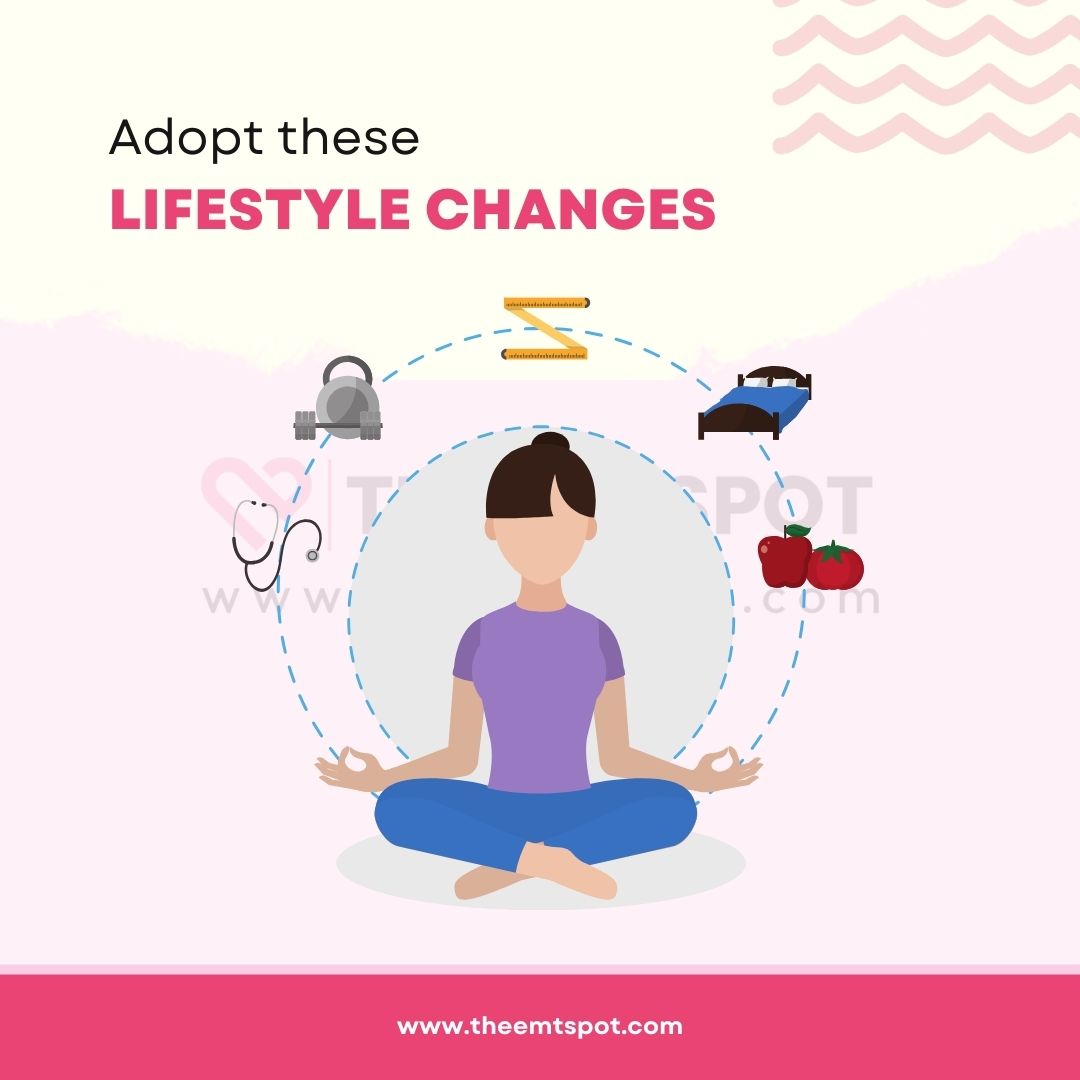
If you think you have severe hypotension, the first and foremost thing is to get in touch with your local medical care facility.
Since confusion and vertigo may happen, it is advised not to drive yourself to the hospital.
Unless your blood pressure hasn’t dipped to dangerous levels, you may make reasonable changes in your lifestyle to improve your blood pressure to a significant level.
According to a review from P&T Journal “Looking for Trouble: Identifying and Treating Hypotension” published in 2019, here are some of the changes that you can bring into your lifestyle to improve your health and your blood pressure level.
- Increase the consumption of sodium salts.
- Increase the consumption of water, and keep yourself hydrated at all times.
- Eat low-carb healthy meals and exercise daily.
- Maintain a healthy body weight.
- Ensure a good emotional atmosphere around you (no stress and anxiety).
- Quit smoking and limit the consumption of alcohol.
3. Consider using blood pressure medications
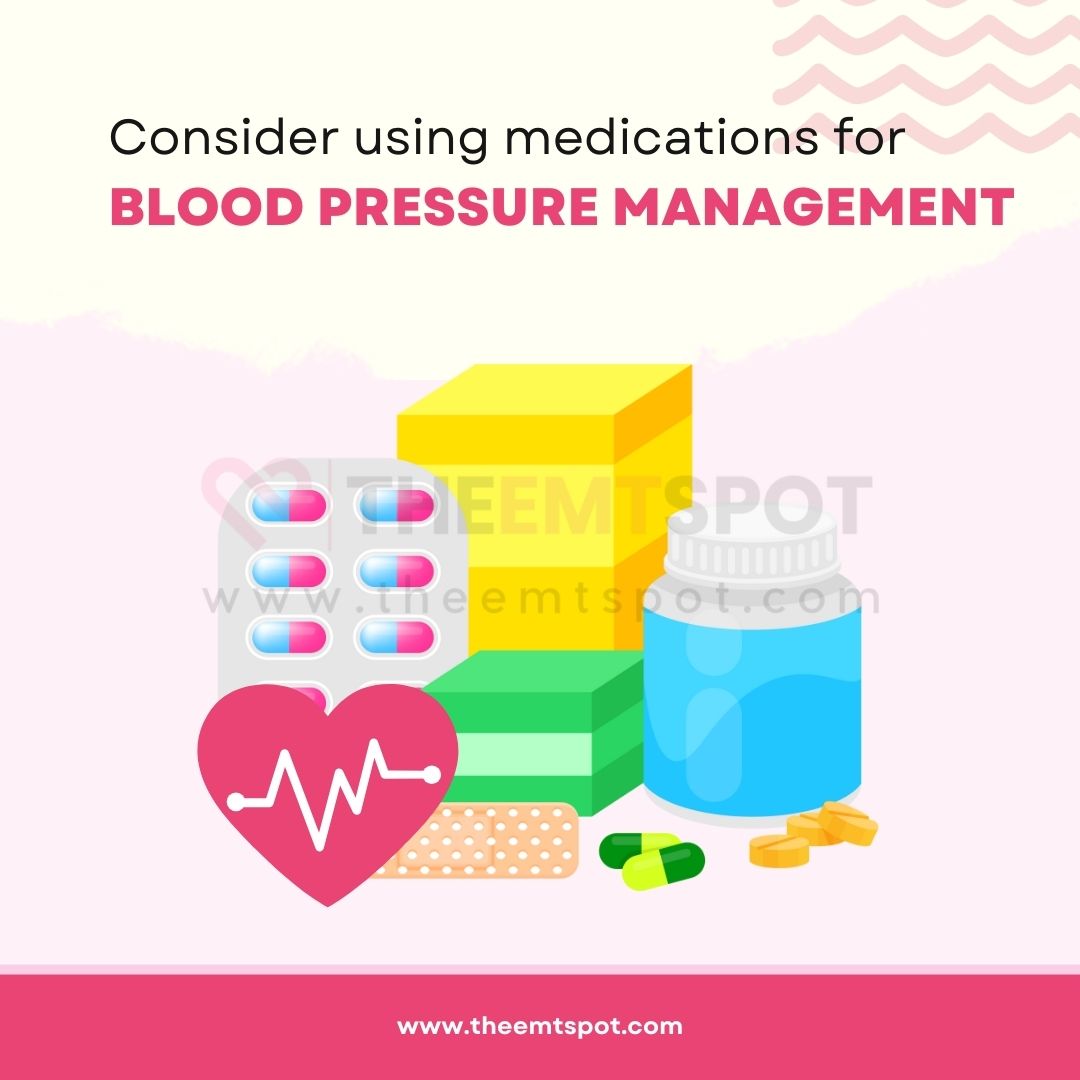
Undoubtedly, at this point, you may want to use some medications for the good of your health. However, based on the diagnosis, it should be prescribed by your doctor.
According to a “Hypotension: A Clinical Care Review” by U.S. Pharmacist, the following medicines are highly beneficial for individuals experiencing low blood pressure.
- Corticosteroids: These are the types of medicines that control the amount of sodium present in our blood. By regulating that particular concentration of sodium in blood, they raise the blood pressure of the individual.
- Alpha-adrenergic Agonists: These are the types of medicines that promote the contraction of blood vessels. As a result of this contraction, the pressure of blood over the vessels increases, and the body supports an ideal blood pressure.
- Angiotensin II: This type of medicine increases the extent of retention of sodium in the kidneys, and that contributes to the rise of blood pressure in the body of a person.
- Decongestants: These medicines help reduce the size of the swollen blood vessels and result in the contraction of the said blood vessels. This, as a result, leads to an increase in blood pressure.
- Immunosuppressants: These medicines promote the solubility of the sodium ions in your blood, as a result increasing its concentration. This contributes to rising in the BP of the individual.
4. Craft a balanced blood pressure-friendly diet
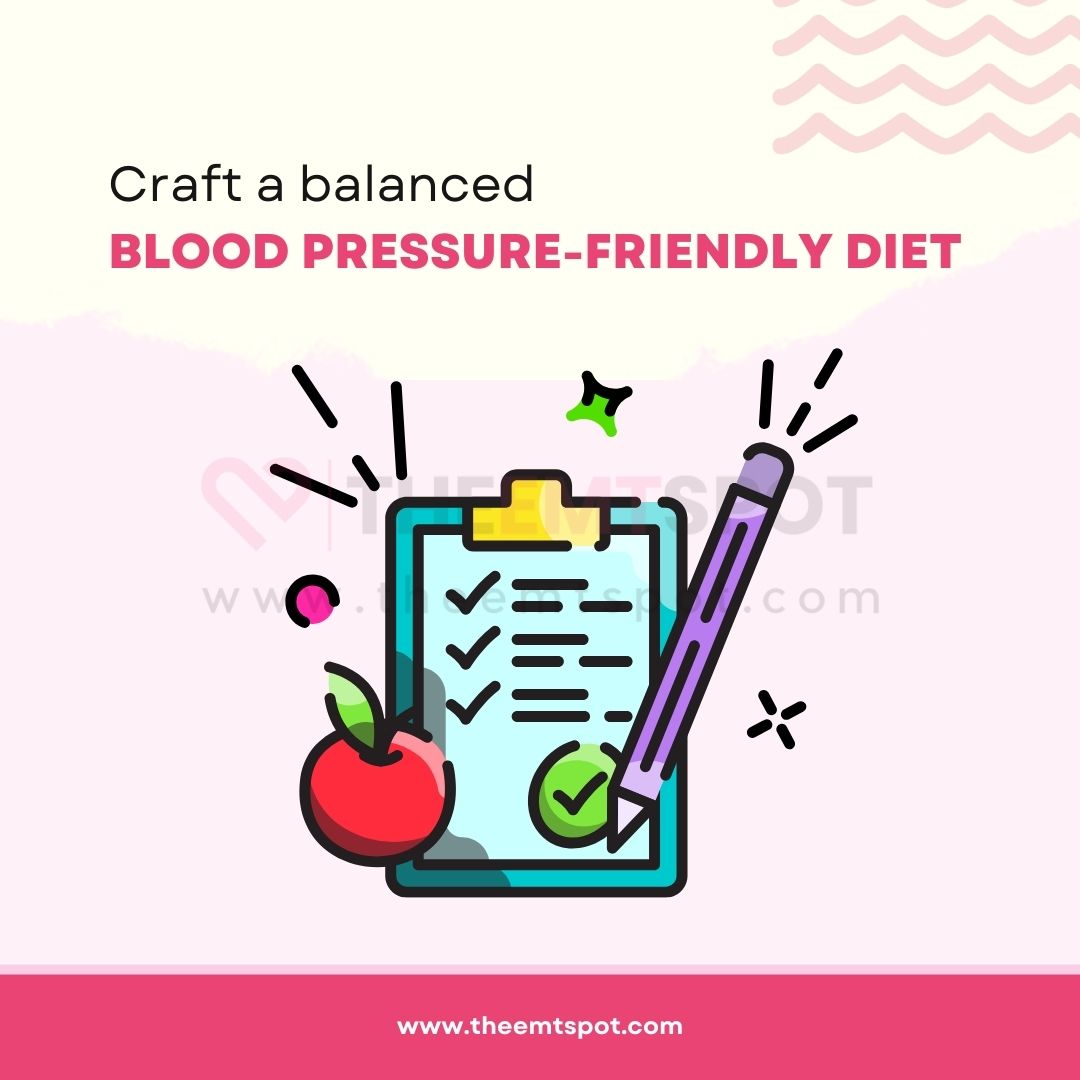
Like how you would be managing your diet for hypertension, even hypotension patients need to have a check on their dietary habits. Some of the foods are a big no-no, while certain foods need to be included on a strict note.
According to a report “Heart-healthy eating: How does your diet stack up?” in Harvard Health Letters, incorporating the following items into your diet can help bring your blood pressure to healthy levels.
- Drink more: Hydration is key for all health conditions, so you should drink lots of fluids to increase blood volume.
- Sodium: Table salts are rich in sodium, a necessary component that helps retain water in the blood to increase its volume.
- Vitamin B12: When you are deficient in this vitamin, you may experience anemia and hypotension. Try adding eggs, cereals, meats, etc., into your diet.
- Caffeine: Caffeinated beverages are good stimulants that temporarily cause a surge in blood pressure and adrenalin levels.
- Say no to junk food: you should avoid the consumption of foods that are rich in carbs. Take small meals multiple times a day for the best of benefits.
5. Be aware of the underlying causes and risks of severe hypotension
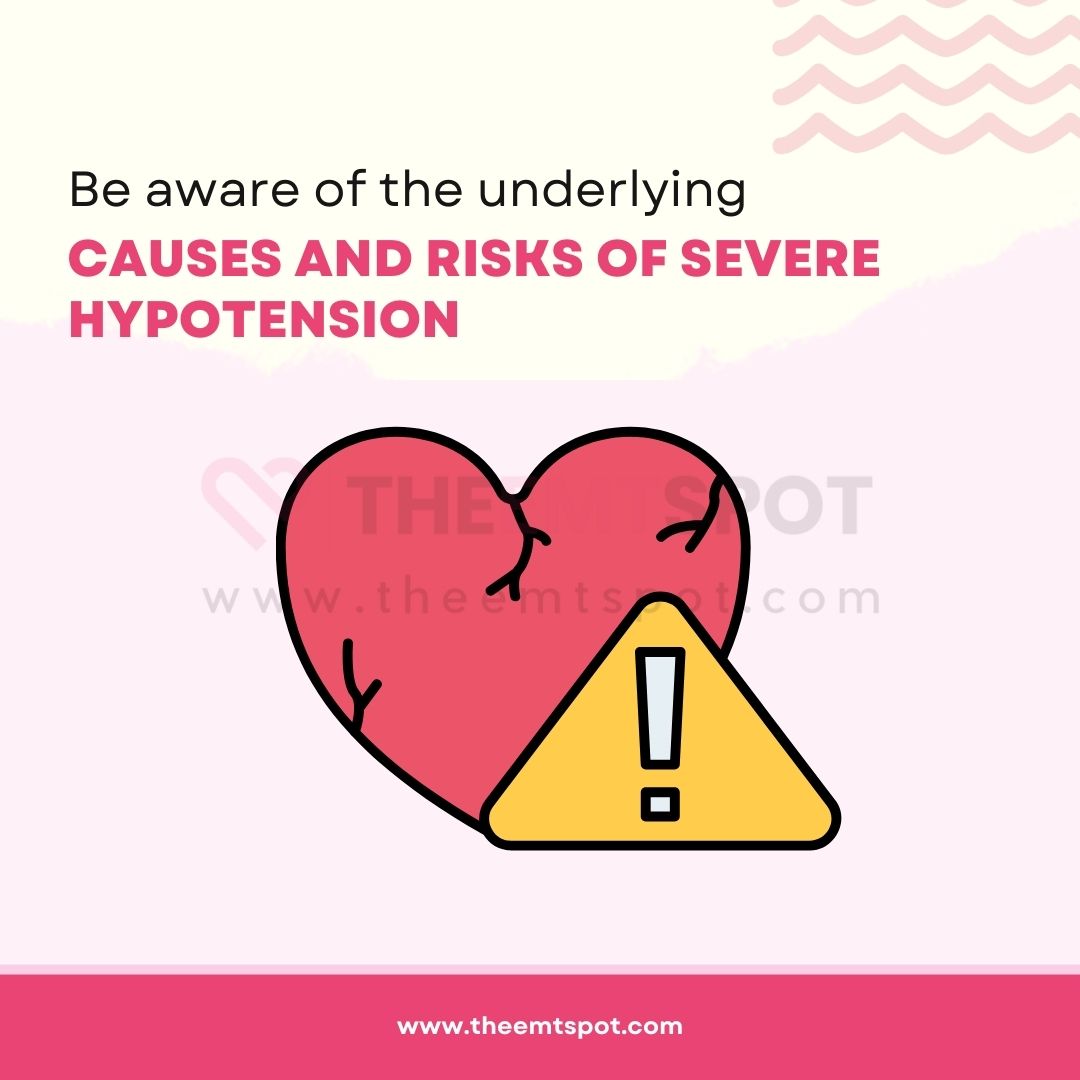
Some of the comorbidities associated with low blood pressure include heart attack, cardiac arrest, heart valve disorder, bradycardia, and hormonal imbalance.
When you have 67/45, then you may want to rectify the root cause by visiting your physician.
Age is one of the major risk factors, and people older than 65 may have a sudden drop in blood pressure after eating food or while standing up.
In some cases, neural, mediated blood pressure decrease is noted in children and young adults as well.
A study “Low Blood Pressure and Depression: Comorbidity and Competing Outcomes. Journal of the American Geriatrics Society” from The American Geriatrics Society published in 2000 reports that depression is one of the significant causes that lead to hypotension, and vice versa.
Even stress is linked to hypotension in some patients. Since the human body reacts differently to different situations, not necessarily depression and anxiety lead to hypertension, but hypotension too.
Some of the medications that you might be using can cause severe hypotension. Therefore, it is important to inform your doctor about your pre-existing medical conditions when getting a new prescription.
6. Support with natural supplements

Sometimes managing blood pressure is all about supplementing your body with the right diet. Food is undoubtedly the best primary source to supplement your body.
However, in the current scenarios, we all know how much adultered our foodstuff is, and most of us are pushed towards processed foods to feed ourselves in this fast-paced world.
All these food are high in sugar and sodium and doesn’t contain any vital nutrients that are important for a healthy heart.
This is where some of the nutraceutical-based blood pressure supplements come in handy. These products combine all critical nutrients your heart craves, thereby assisting the better function of your cardiovascular system.
A team of researchers (Moradi, M. T., Asadi-Samani, M., & Bahmani, M.) from Shahrekord University of Medical Sciences in Iran compiled a list of medicinal botanicals with anti-hypotensive capabilities. Today, most nutraceutical blood pressure supplements are made using these botanicals as their major ingredients.
Generally, these supplements are a concoction of herbs, plant-based products, dairy products, and some animal products. They are 100% organic and natural and don’t contain any harmful chemicals.
If you are hearing about these segments of products for the first time, to start with, you may blindly go for Blood Pressure Support from Vita Balance Inc.
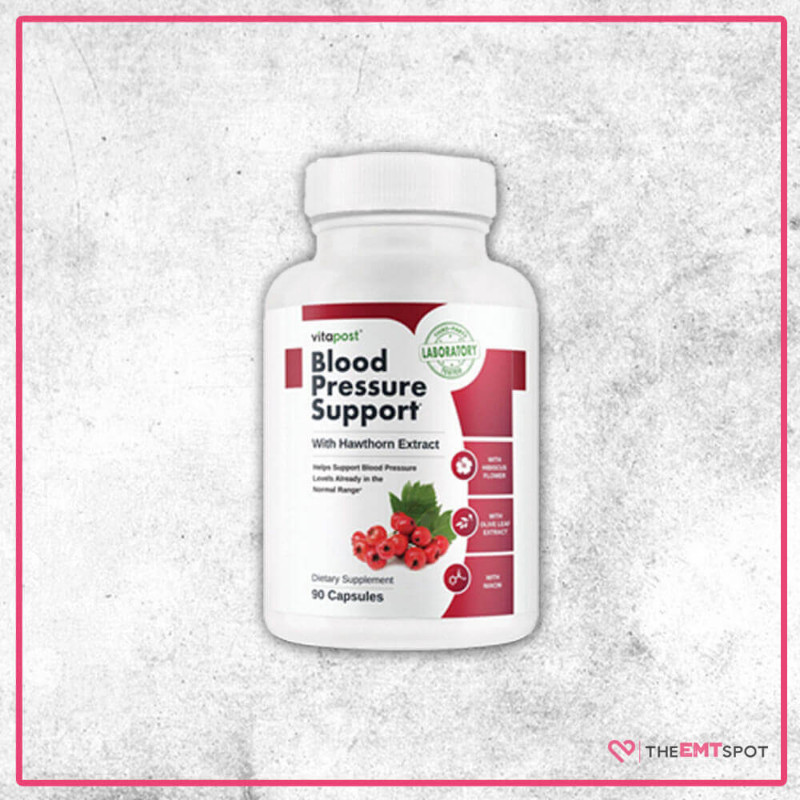
Blood Pressure Support
Blood Pressure Support combines hawthorn berry, olive leaf, hibiscus, and some vitamins like C, B6, B12, niacin, and folate alongside a bunch of other medicinal herbs to support the healthy working of the heart.
The only one thing to keep in mind is that choose the best blood pressure supplements that lower blood pressure, because when it comes to the heart, there is no taking of risk!
Severe hypotension might look scary, but consistent monitoring and timely medical care can easily be handled.
If you are someone suffering from hypotension for quite some time, it is better to inform your kin, peers, and colleagues about the condition so that, in the unlikely event, people can make a smart choice.
If you follow your diet correctly, use some supplementation, and exercise daily, then hypotension can slowly be eliminated from your life.
What should you do when your blood pressure is 67/45 mmHg during pregnancy?
A blood pressure of 67/45 mmHg during pregnancy is critically low and warrants immediate emergency medical attention.
Such a low reading could lead to insufficient blood supply to the placenta, which can pose severe risks for both mother and baby.
A study “Low blood pressure during pregnancy and poor perinatal outcomes: an obstetric paradox” from the National Institutes of Health published in 2001 by Jun Zhang, Mark A. Klebanoff in American Journal of Epidemiology, suggests that parental hypotension during pregnancy might be a causative factor for poor development of the child, and further research is currently underway to explore this connection.
This is a medical emergency that requires rapid intervention to safeguard the well-being of both you and your unborn child.
Is blood pressure 67/45 mmHg too low for a male?
For men, a blood pressure reading of 67/45 is dangerously low and requires immediate medical intervention.
Such a level is not just “too low”—it is critical and could be life-threatening. It could lead to dizziness, fainting, shock, or even organ failure.
Immediate emergency care is strongly advised.
Is blood pressure 67/45 mmHg too low for a female?
For women, a blood pressure of 67/45 mmHg is critically low.
Immediate medical intervention is absolutely necessary as this could indicate a severe underlying condition or even trigger life-threatening issues such as shock or organ failure.
You should seek emergency medical care right away.
Is blood pressure 67/45 mmHg too low for an elderly?
For elderly individuals, a blood pressure of 67/45 is dangerously low and requires immediate medical attention.
Given the increased risk factors and potential for complications at an older age, such low blood pressure could be life-threatening.
Immediate emergency care is imperative.
Is blood pressure 67/45 mmHg too low for a children?
In children, a blood pressure reading of 67/45 mmHg is critically low and should be treated as a medical emergency.
Blood pressure this low could result in severe consequences, including loss of consciousness and insufficient blood flow to the organs, potentially leading to irreversible damage. It could be life-threatening and poses a significant risk to the child’s overall health and well-being.
According to a study “Blood pressure percentile charts to identify high or low blood pressure in children” published in 2016 in BMC Pediatrics, the pediatric hypotension limit is identified as 90/50 mmHg, below which posses a significant risk in children.
Immediate medical attention is crucial to address the underlying causes and to stabilize the child’s condition.
Timely intervention can significantly improve the prognosis and prevent further complications. Parents and caregivers should be vigilant and seek help promptly.
Is blood pressure 67/45 mmHg too low for an adult?
For an adult, a blood pressure of 67/45 is extremely low and constitutes a medical emergency.
Such a low reading could lead to severe symptoms like fainting, shock, and inadequate blood flow to the organs. Immediate medical intervention is essential to prevent life-threatening complications.
This is an emergency condition in all cases, and you should seek medical help immediately if you or someone you know has a blood pressure reading this low.

 Robin Backlund is a dedicated journalist and a medical student who has written several articles and essays exposing the falseness and hollowness of online resources in the medical science niche.
Robin Backlund is a dedicated journalist and a medical student who has written several articles and essays exposing the falseness and hollowness of online resources in the medical science niche.